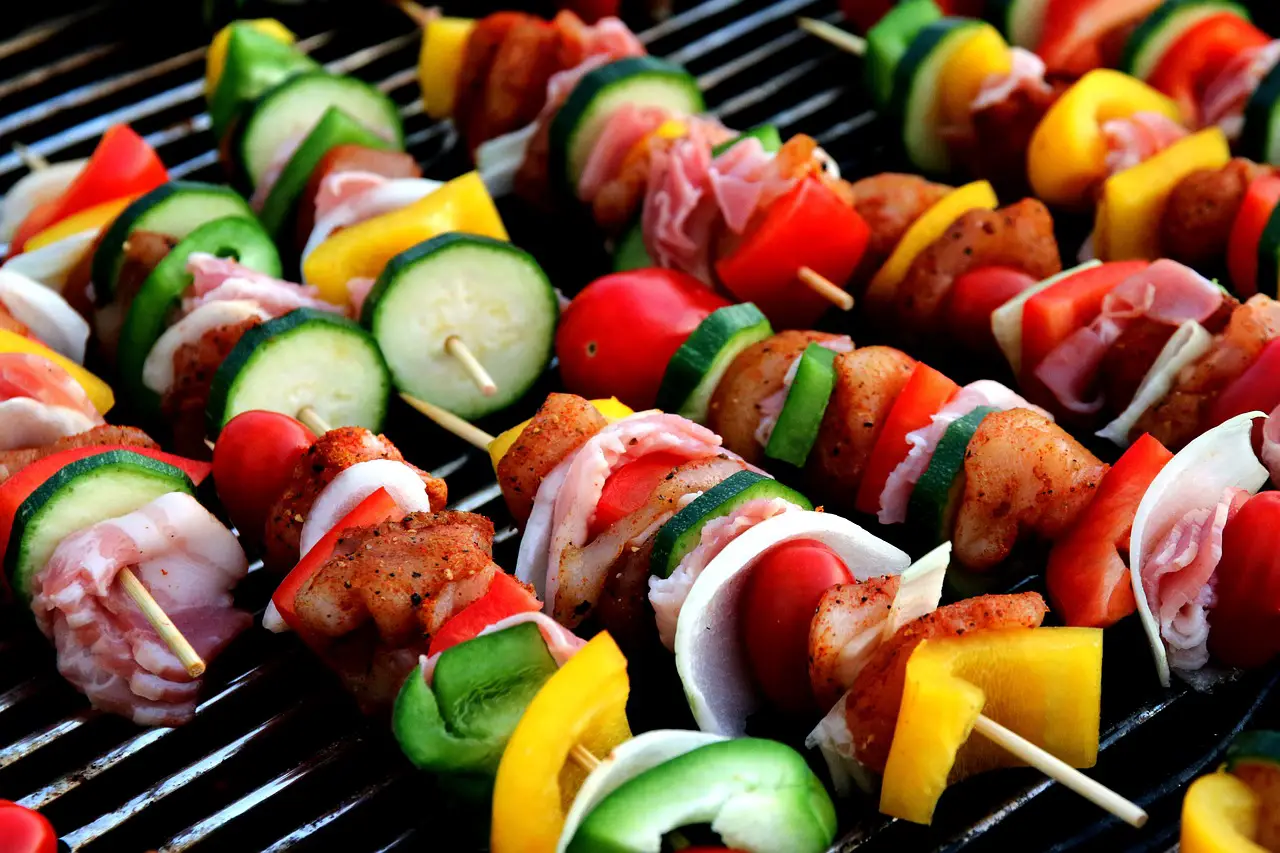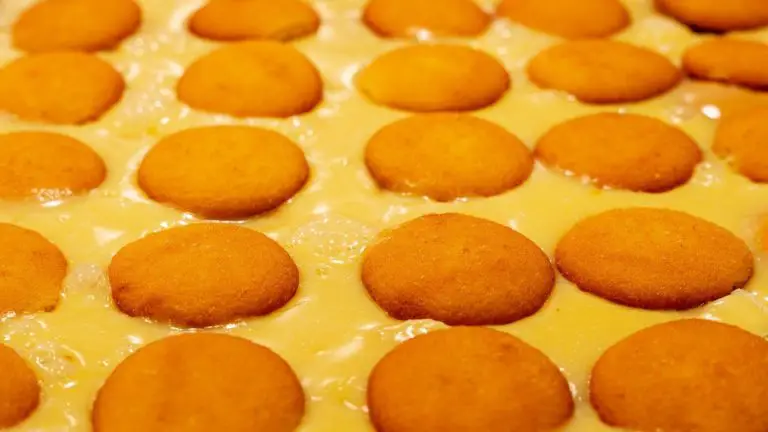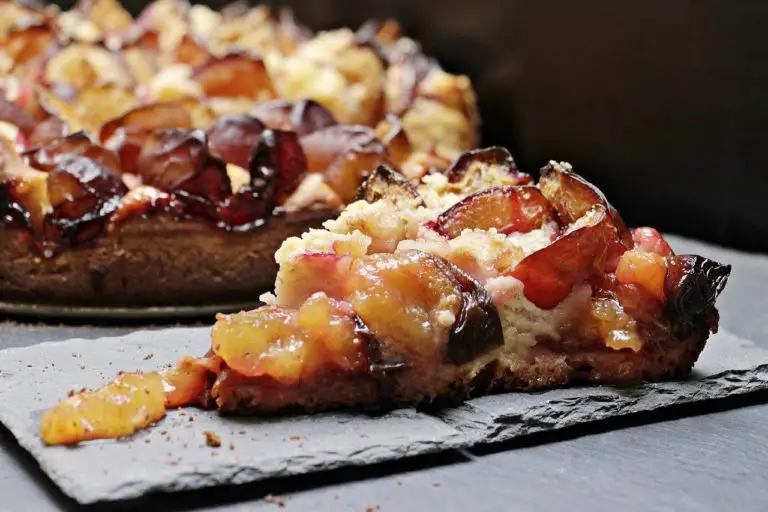How Do You Say Dessert In Spanish
‘A Taste of Sweetness: Exploring the Spanish Vocabulary for Dessert’
If there’s one thing that brings people together like no other, it’s dessert. And when we’re talking about the Spanish vocabulary for sweets, you better believe it’s a mouthwatering journey worth embarking on. From the humble pastel, with its delicate layers of flavor, to the notorious churro, a deep-fried strip of joy perfect for dunking into a steaming cup of hot chocolate. And let’s not forget about the sinfully indulgent flan, that wobbly caramel treasure that could make anyone weak in the knees. So, grab your fork, bring your sweet tooth, and get ready to dive into a world of Spanish dessert vocabulary that will make your taste buds sing ¡Que delicioso!
‘Beyond Dulce: Unraveling the Delightful World of Spanish Dessert Names’
In Spanish, the word ‘dessert’ is translated as ‘postre,’ which interestingly enough shares the same Latin root as the English word ‘post’ in the sense of ‘after.’ This connection reflects the common notion of enjoying a sweet treat after a meal, demonstrating how language can reveal cultural similarities in our relationship with food.
Step into the tantalizing labyrinth of Spanish desserts and prepare to have your taste buds tickled by the whimsical world of dessert naming. Beyond Dulce: Unraveling the Delightful World of Spanish Dessert Names is like a linguistic trip down a sugar-coated rabbit hole. Brace yourself for enchanting encounters with flan-tastic titles like Tarta de Santiago, bringing you the sweetness of Spain with a hint of medieval mystique. And let’s not forget the hilariously tongue-twisting Churros con Chocolate, which sounds more like a secret code word than a treat. The ingenious Spanish bakers must have had a blast giving birth to these scrumptiously puzzling names. So, grab your fork and sense of adventure as we embark on a journey where dessert names are as enjoyable as the treats themselves. Prepare to be amused, puzzled, and utterly tempted by the delightful world of Spanish dessert names!
‘From Flan to Churros: Decoding the Spanish Language of Delicious Treats’

Hola, foodies! Today, I have a sweet treat for all you language lovers and dessert enthusiasts out there. Get ready to embark on a lip-smacking adventure as we delve into the delightful realm of Spanish treats, from flan to churros. Spoiler alert: this blog might make you drool on your keyboard, so proceed with caution!
First up on this delicious journey is flan – the caramelized custard wonder that has stolen the hearts of dessert aficionados around the world. As you take a luscious bite, you may wonder, ‘Why is it called flan?’ Well, my hungry friends, the name ‘flan’ traces its roots back to the Old French word ‘flaon,’ which means a type of custard tart. But hey, let’s not get caught up in history; let’s focus on the heavenly combination of creamy texture and luscious caramel that makes this treat a true masterpiece.
Now, if you thought our Spanish dessert adventure ended with flan, you’re in for a sweet surprise. Enter: churros! These golden sticks of fried goodness are a staple in any Spanish fair or street market. But wait, before you dip that churro in melted chocolate, have you ever wondered where the name comes from? Well, my fellow sugar enthusiasts, it is said that the name ‘churro’ derived from the Spanish word for sheep’s droppings. I know, it sounds a bit unappetizing, but trust me, once you devour a warm churro sprinkled with cinnamon sugar, those thoughts will vanish from your mind faster than you can say ‘¡Qué rico!’
Now, let’s swiftly skip over to another legendary Spanish dessert: Tarta de Santiago, a delicious almond cake hailing from the charming town of Santiago de Compostela. Legend has it that a humble pilgrim stumbled upon this mouthwatering creation after completing the Camino de Santiago, a famous pilgrimage route. The cake, adorned with the iconic cross of Saint James, melts in your mouth with each bite. And oh, by the way, ‘tarta’ means cake in Spanish, so consider yourself one step closer to mastering the language of desserts!
Our next delectable stop on this scrumptious path is the beloved churro’s cousin, the porra. Hold on, don’t get any inappropriate thoughts! We’re still talking about food here. Porra is a traditional Spanish snack that closely resembles, you guessed it, a giant churro, but with a twist. Porras are thicker and fluffier, making them the perfect partner in crime for that mouthwatering cup of thick hot chocolate that the Spanish adore. So, next time you take a bite into a porra, remember – size does matter, especially when it comes to deep-fried dough!
As we slowly approach the end of this sugary rollercoaster, let’s not forget the humble pastel de nata. Although originating in Portugal, this creamy custard tart has made its way into Spain, capturing hearts and taste buds alike. Just picture yourself savoring the crispy crust, gently cracking under the pressure of your fork, revealing the smooth custard filling inside. But wait, why is it called pastel de nata, you might ask? Well, ‘pastel’ means cake in Spanish, while ‘nata’ translates to cream – and this delicate tart is a creamy cake dream come true!
Ah, amigos, we have come to the end of our flavorful Spanish adventure. From the silky flan to the crispy churros, these delightful treats have undoubtedly stolen the show in the Spanish dessert world. So, next time you indulge in one of these mouthwatering creations, remember the history and language that make them so special. And who knows, maybe these treats will inspire you to embark on a language-learning journey of your own. After all, why not expand your vocabulary while satisfying your sweet tooth? ¡Buen provecho!
‘Indulging in Sabrosuras: How to Say ‘Dessert’ in Spanish and Savor the Flavors’
A fun fact about ‘how do you say dessert in Spanish’ is that the word for dessert in Spanish is ‘postre.’ Interestingly, the origin of this word can be traced back to the Latin word ‘positum,’ which means ‘put’ or ‘placed.’ This is believed to be because desserts were traditionally placed at the end of the meal, hence the term ‘postre.’ So, if you ever find yourself wanting to indulge in something sweet in a Spanish-speaking country, remember to ask for a delicious ‘postre’. ¡Qué rico!
Indulging in Sabrosuras: How to Say ‘Dessert’ in Spanish and Savor the Flavors
Hola, food fiends and sweet-tooth enthusiasts! Today, we’re diving headfirst into the world of sabrosuras, or as our non-Spanish-speaking friends might call them, desserts. Brace yourselves for some linguistic sweetness as we embark on a journey to master the art of saying ‘Dessert’ in Spanish and savoring those mouthwatering flavors. From decadent churros to luscious flan, these treats are bound to make your taste buds dance like a group of synchronized salsa dancers. So, amigos, grab your spoons and get ready to take your dessert game to a whole new level. ¡Vamos!
Austin is a witty and vivacious blogger who has a knack for making people laugh. With her infectious sense of humor, she effortlessly brings joy to her readers through her blog posts. But Austin's talents don't stop there - she is also a passionate cook and baker. Her kitchen is her sanctuary, where she experiments with flavors, creates mouthwatering dishes, and bakes delectable treats that leave everyone craving for more.








